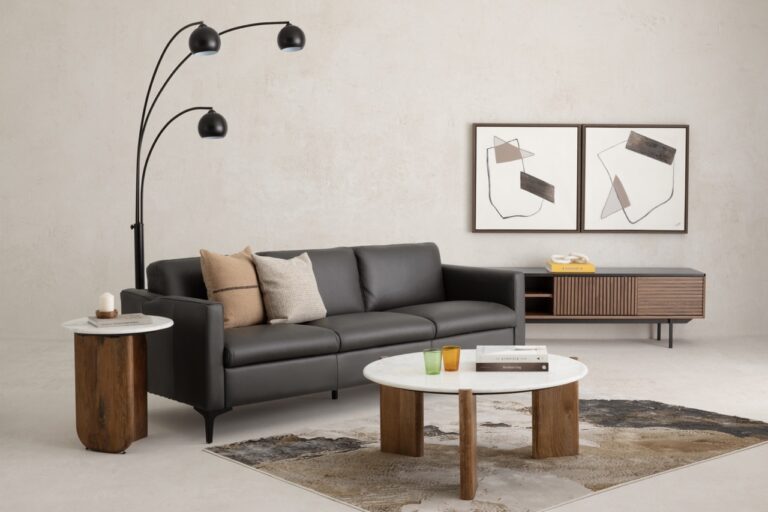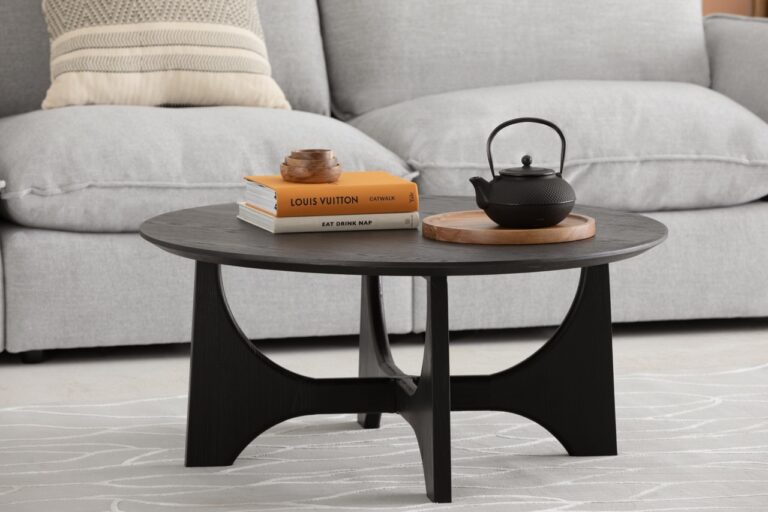The popularity of leather furniture is undeniable. We love it for so many reasons: the material is durable, supple, and matches with just about anything.
During a trip to Italy, we were fortunate enough to visit an Italian tannery near Verona and the workshops of suppliers Incanto near Bari, in the southern part of the country. A visit to the heart of leather furniture manufacturing.
Preparing the hides and skin
Firstly, the animal hide is submerged in large barrels of salt for up to 48 hours, a process that strips away the fat and fur. After two days, the hides are placed in chrome tanks, known as wet blue, because the process imparts a blueish tint. This step strengthens the skins and creates a more uniform finish making it easier to dye.
Once the hides are treated and evened out, they are graded according to their quality. Did you know that hides from the northern hemisphere (like Canada) are considered better quality? They have fewer imperfections from insect bites, stretch marks and other injuries. Each skin is meticulously inspected and sorted based on its purity.
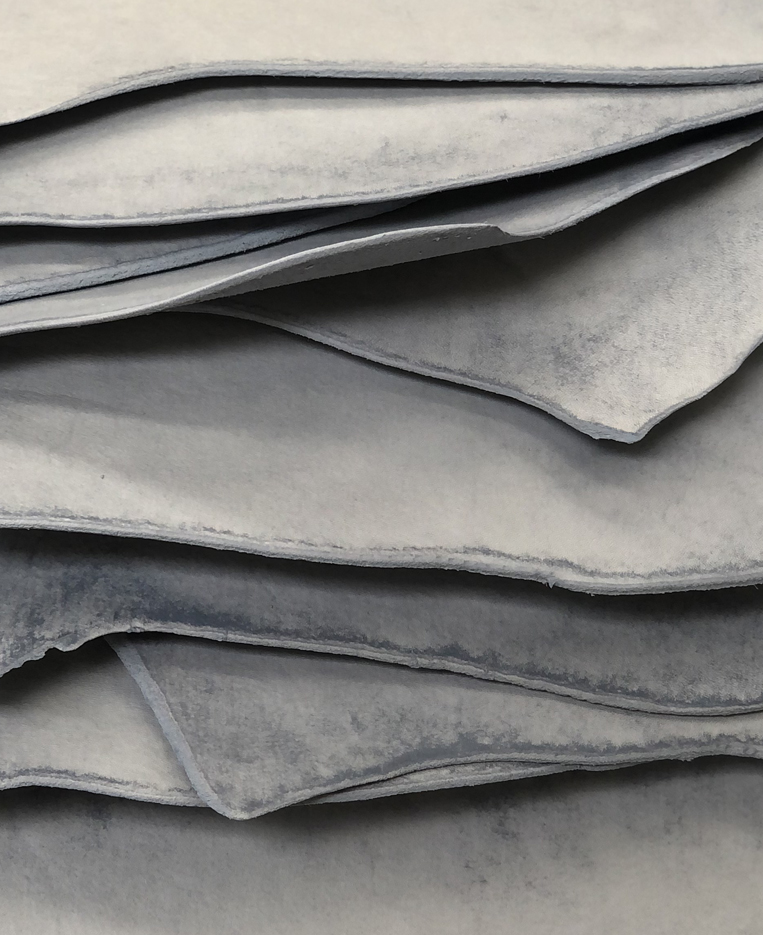

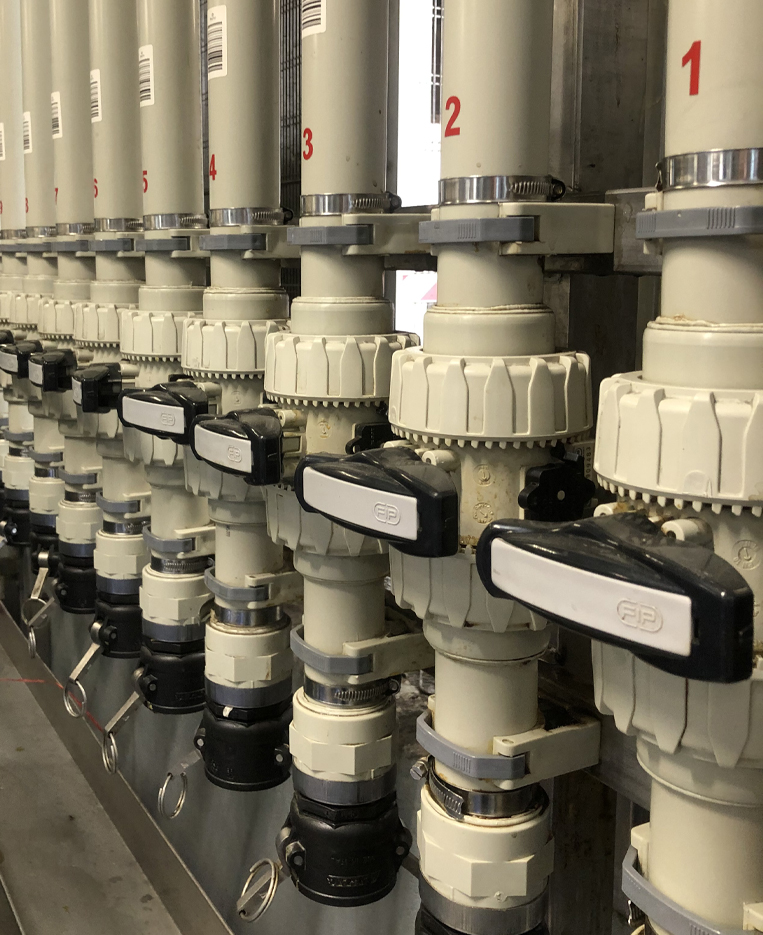
The dyeing stage
The hides are then placed in a giant vat, where colour is added so that the material gets the base tint that prepares it for its finished look. Although this step used to be performed by hand, today’s tanneries achieve it with some help from technology. They use a computer to precisely calibrate the colour and to ensure uniformity. The hides are then laid out to dry and turned into rawhide.
When the leather is ready, it’s time to move on to the final step: the final coat of colour. The material is dyed twice to ensure the colour is opaque and lasts a long, long time. At this point, a protective coating is applied to give the leather a smooth finish while accentuating the unique texture of its grain. Say you want the leather’s grain to show, the processing time can take a little longer — that’s why natural grain leather is usually pricier. But these days, that grainy effect can be recreated with technology resulting in a sublime finish for much less.
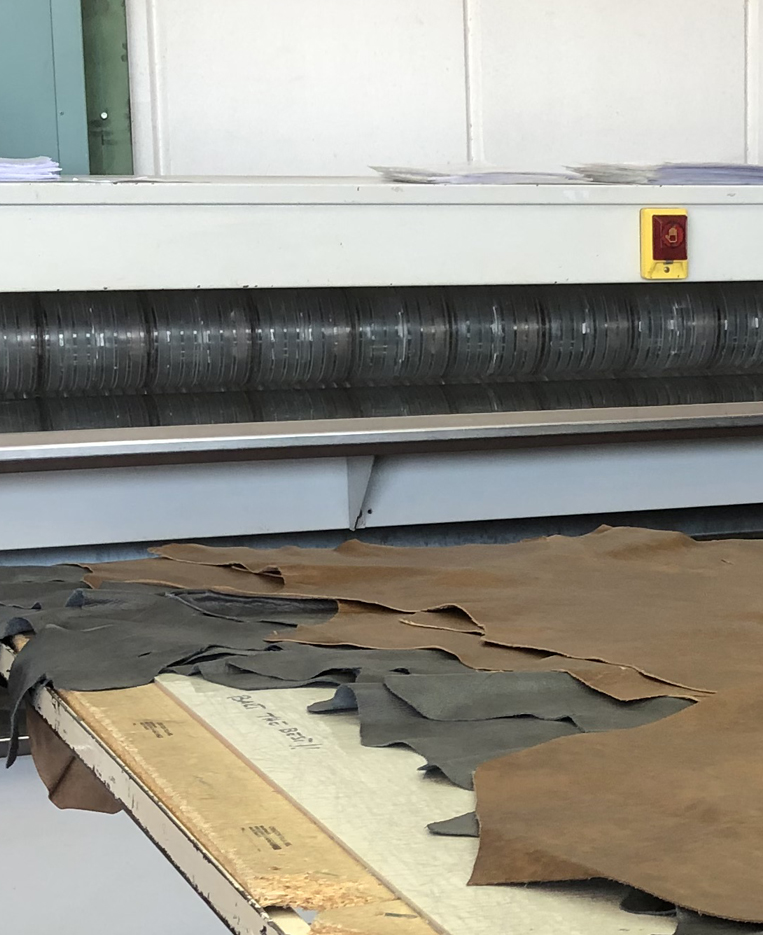
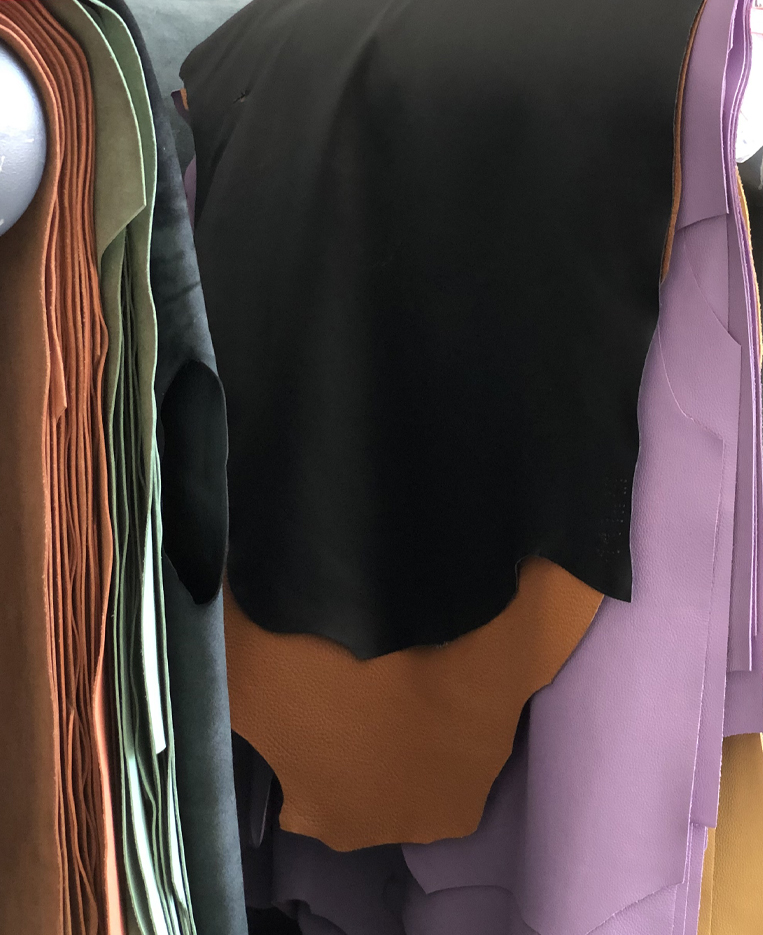
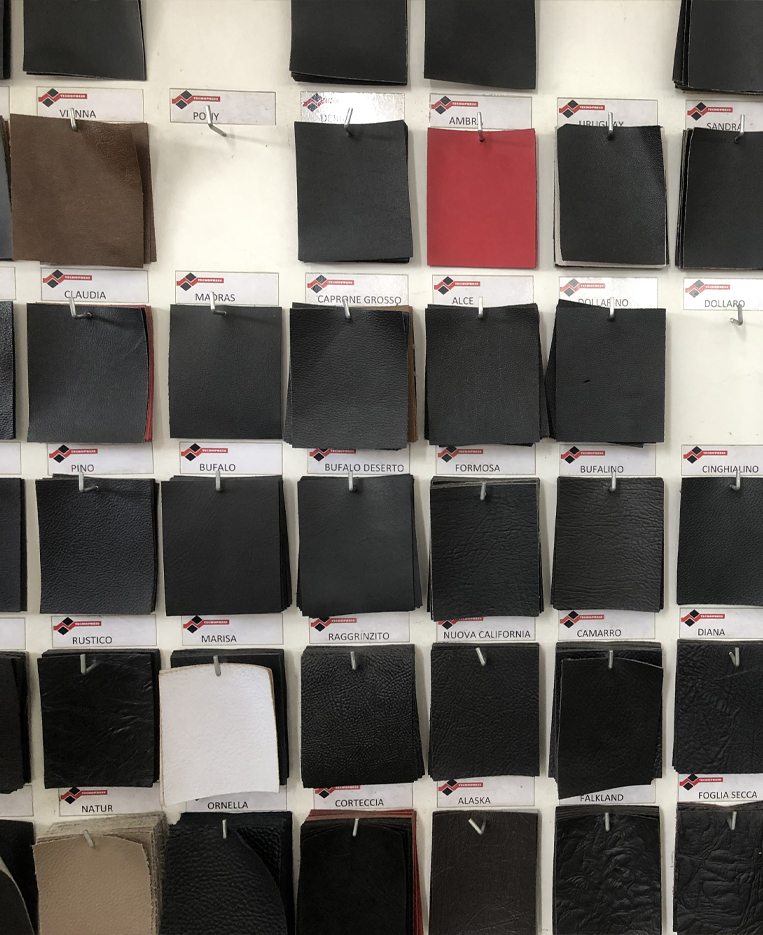
Dyed hides are then classified by their grade. Pigmented leather is referred to as processed and semi-aniline when its colour has been slightly corrected but is known as aniline leather when the product is natural. Here is when any final imperfections are fixed. Last comes the final step: assembling the furniture using leather.
Furniture assembly
Building furniture means so much more than just covering it with leather. First, the designer’s vision is brought to life by building its frame with wood. Giant foam blocks are then cut with precision to fit in their place — sometimes, these cuts are made by the hands of the most meticulous and experienced craftsmen. The foam is then assembled on the wooden structure to give the sofa a comfortable feel — it’s all coming together! Finally comes the upholstery, straps, and fitting of the piece.
Once the furniture’s final shape is ready to go, the leather is applied by craftsmen who carefully work the skin to cover all surfaces. The finishing touches like USB plugs, buttons, rivets, or labels are the last step in this careful process. No detail is overlooked, and every seam is meticulously inspected. Before its shipment to the store, the designers smooth the leather by running a blow-dryer over its surface.
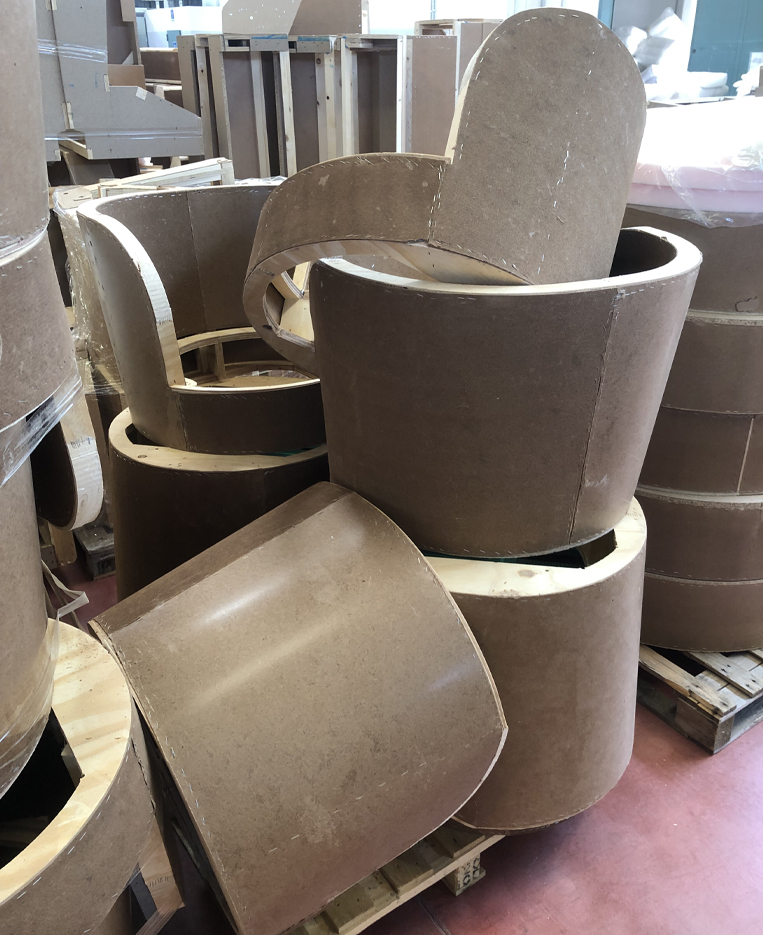


There are many steps to manufacturing leather furniture, from its treatment to the assembly of all its components. It takes a few weeks, sometimes more, to produce a premium-quality leather couch. With all the steps and care that go into its design, it’s easy to understand why a leather sofa is a worthwhile investment.
Read ou maintenance guide to protect, clean and repair leather furniture



